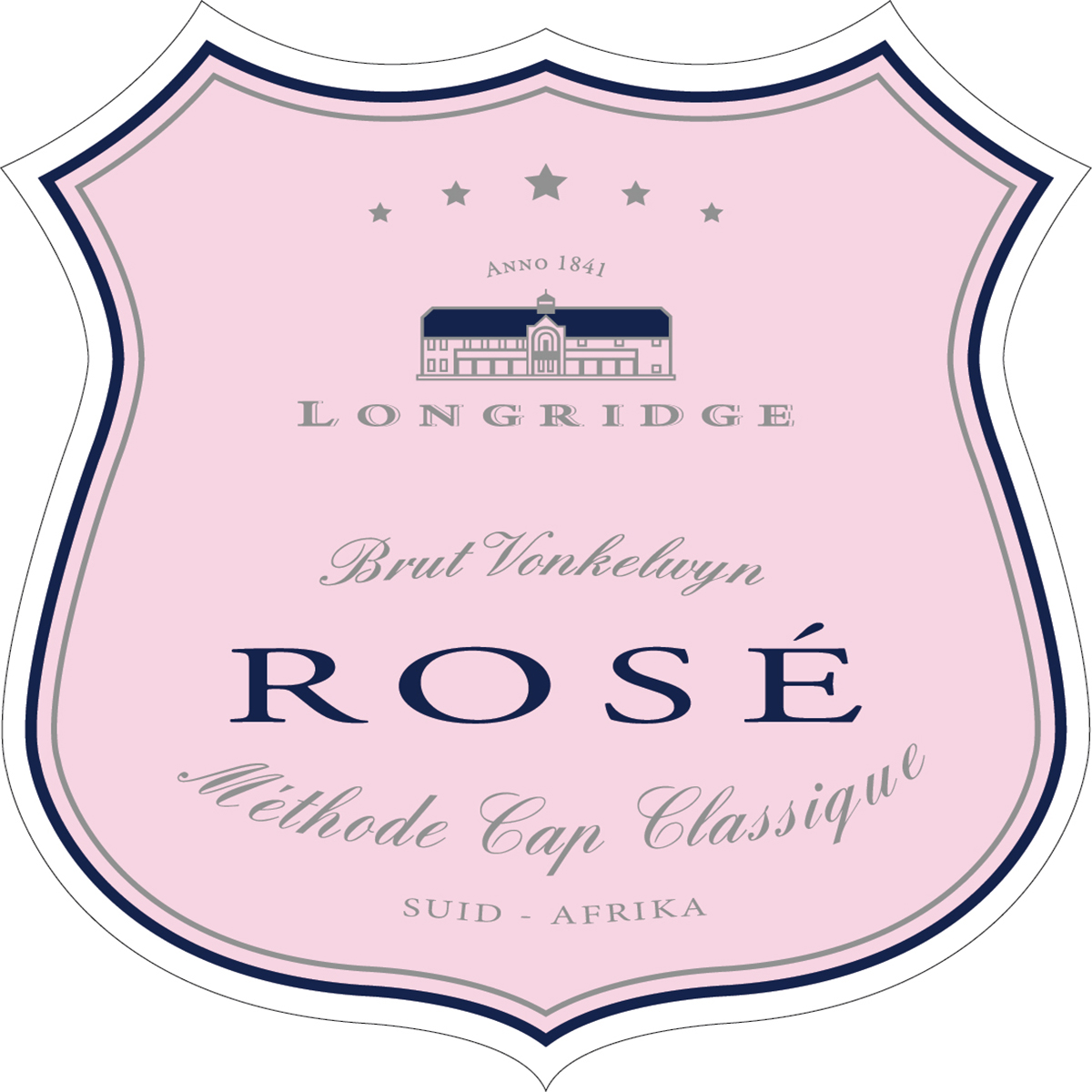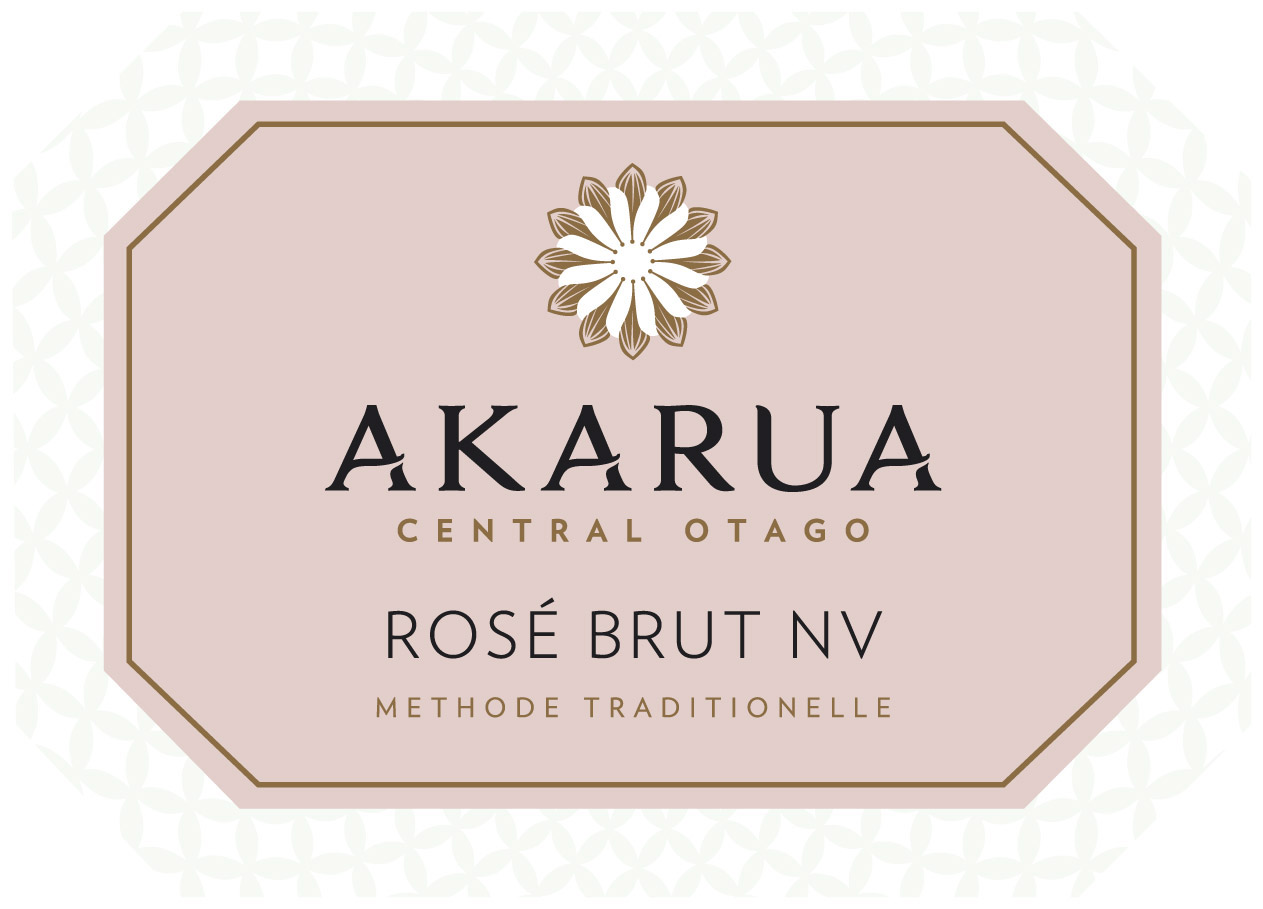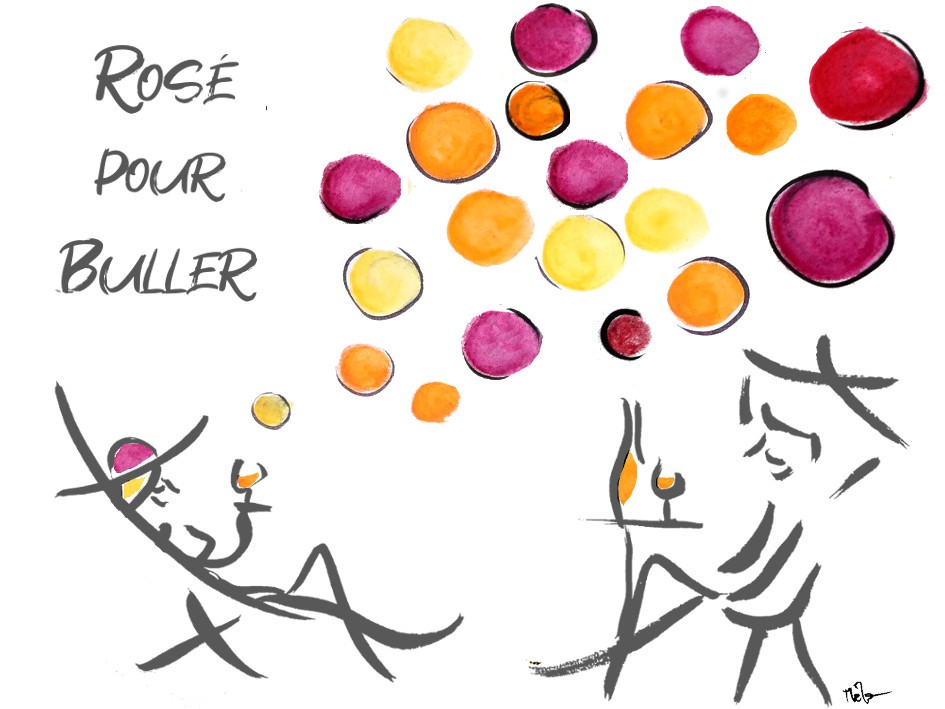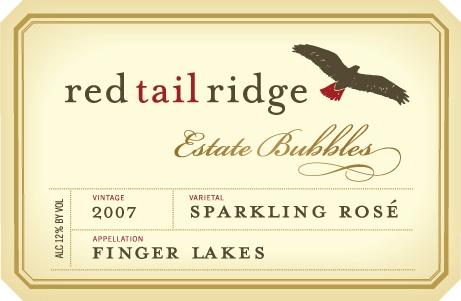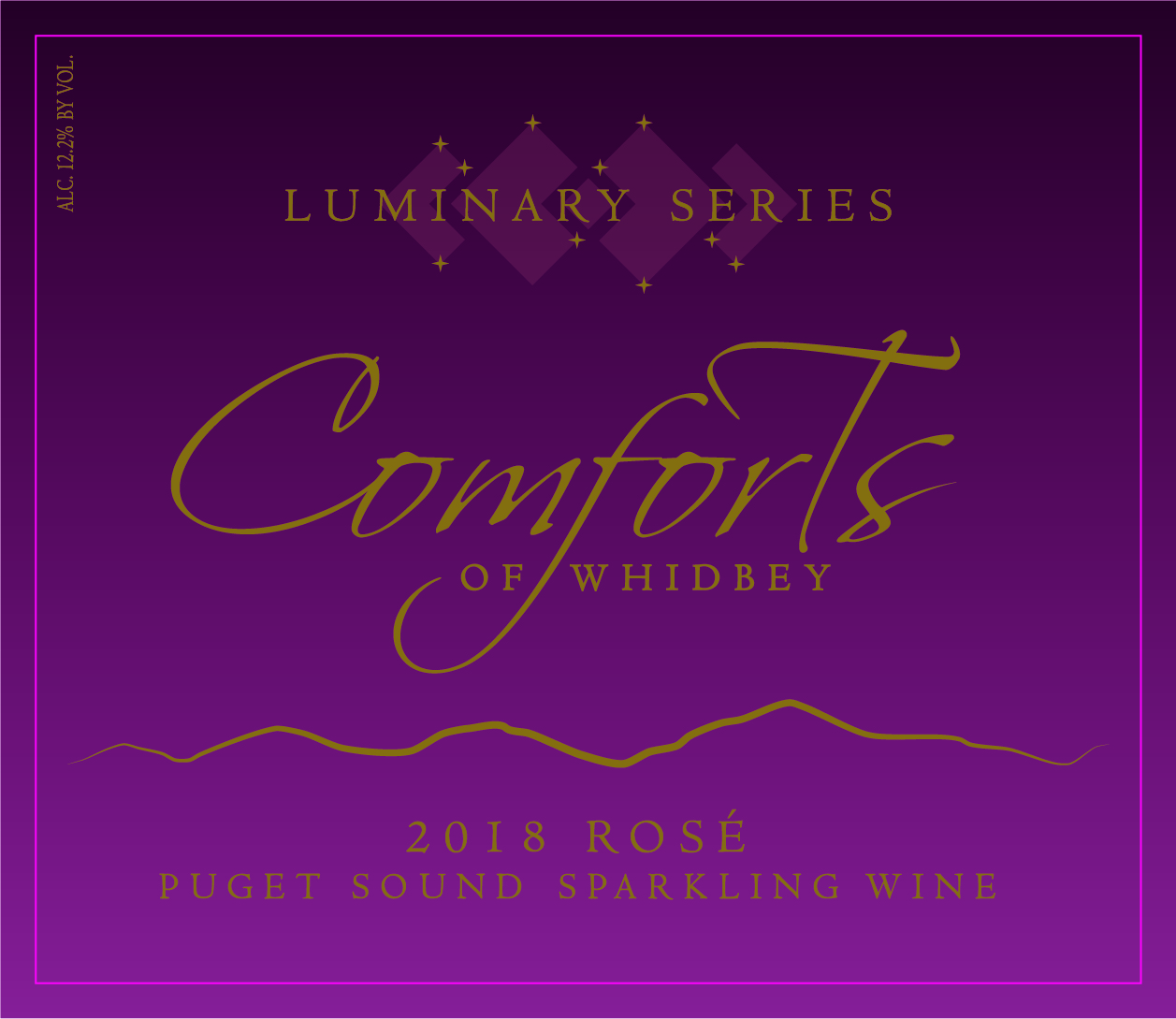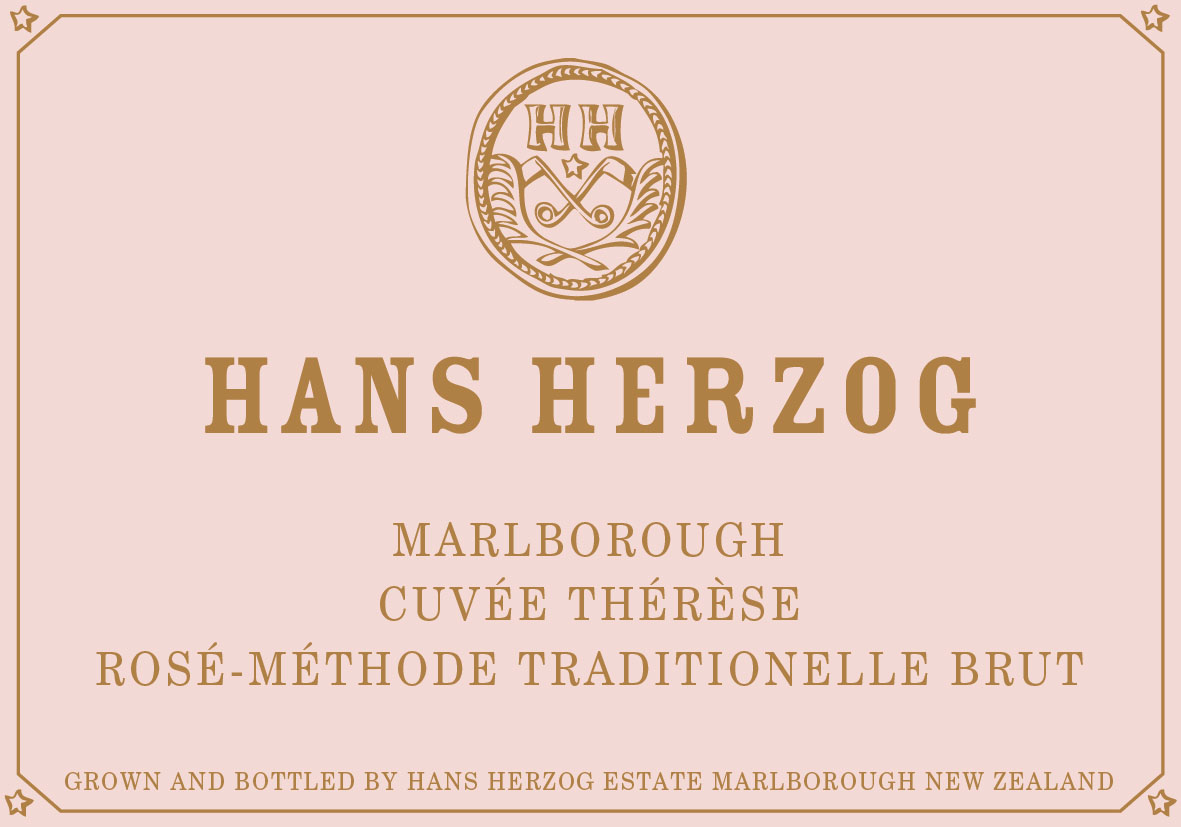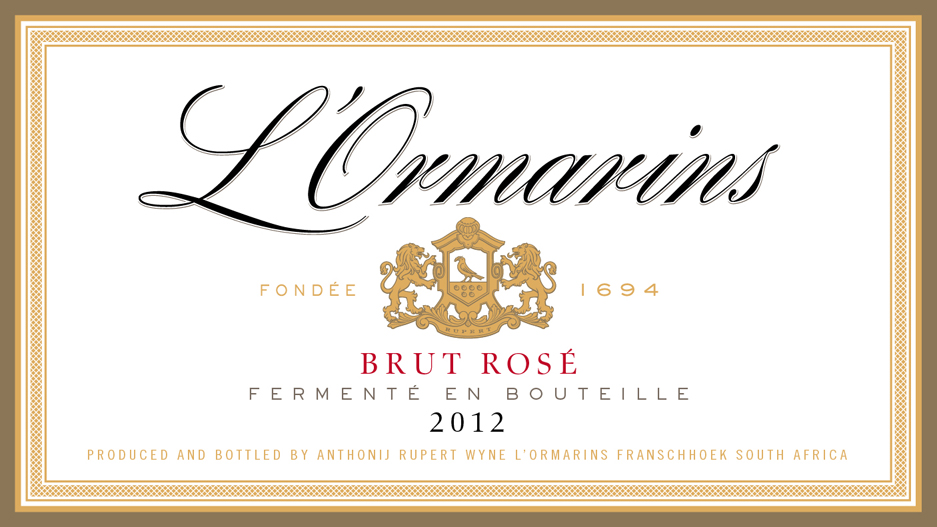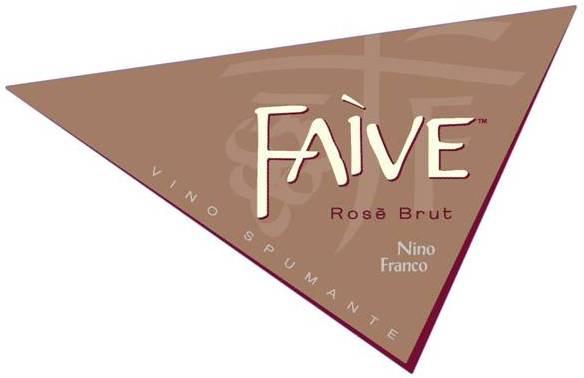Characteristics of Sparkling Rosé
Sparkling rosé comes in a range of colors and styles, shaped by grape varieties like Pinot Noir, Chardonnay, Garnacha, Cabernet Franc, Glera (for Prosecco Rosé), and Trepat (for Cava Rosado).
Sweetness levels vary from Brut Nature to Doux, so you can find everything from bone-dry to lusciously sweet styles, with labels often noting the exact sugar category.
Many have lively acidity and light to medium body, but those aged longer on the lees or made with extra skin contact can offer more richness and texture.
Tannin is usually very low, though it can be slightly noticeable in wines with extended skin contact, making sparkling rosé a vibrant, food-friendly choice.
What Does Sparkling Rosé Taste Like?
Sparkling Rosé offers a vibrant, fruit-forward profile that reflects both grape selection and winemaking technique. Key flavor elements include:
- Red fruit notes: Expect fresh strawberries, raspberries, and cherries at the forefront, often accented by a zesty citrus lift—think grapefruit.
- Floral and herbal nuances: Subtle hints of rose petals, spice, or herbs may appear, depending on the grape varieties used.
Regional Influence Flavors:
- Pinot Noir-based: Delivers delicate red fruit and a gentle earthiness.
- Syrah-based: Adds depth with darker berry tones and a peppery edge.
- Grenache-based: Leans into juicy strawberry and herbal notes.
Production method also shapes flavor: tank-method styles highlight pure fruit, while traditional method sparklers develop richer, toasty complexities like brioche, biscuit, and nuts from extended lees contact. Oak is rarely a dominant feature in sparkling rosé, allowing the wine's fresh fruit and secondary notes to shine.
Notable Region Sparkling Rosé Grows In
Regional expression plays a defining role in shaping the style and character of sparkling rosé, with each area offering a unique interpretation based on local grape varieties, winemaking methods, and climate.
- Champagne (France): The benchmark for sparkling rosé, crafted from Pinot Noir, Meunier, and Chardonnay using the Traditional Method; renowned for its elegance, fine bubbles, and complex notes of red fruit and brioche.
- Prosecco Rosé DOC (Italy): A fresh, fruit-driven style blending Glera with 10–15% Pinot Noir via the Tank Method, resulting in vibrant wines with delicate berry and floral aromatics.
- Cava Rosado (Spain): Produced with native grapes like Garnacha, Trepat, Monastrell, and Pinot Noir, these traditional-method wines are lively, offering bright red fruit flavors and, with age, subtle earthy or nutty complexity.
- Crémant Rosé (France): Made across several regions with grapes such as Pinot Noir, Cabernet Franc, Gamay, and Grolleau, these wines deliver excellent value and a spectrum of styles, from crisp and floral to more structured and savory.
Food Pairings
Sparkling Rosé is a lively, food-friendly wine that pairs beautifully with a wide range of dishes.
- Appetizers & Seafood: Its refreshing bubbles and bright acidity make it ideal for canapés, charcuterie, briny olives, oysters, shrimp, and smoked or grilled salmon, setting the tone for any meal or celebration.
- Cheeses & Lighter Mains: Creamy cheeses like Brie or goat cheese, along with mild hard cheeses, are enhanced by Sparkling Rosé’s crispness, and richer styles can complement duck or pork dishes.
- Salads, Spices & Sweets: The wine’s zesty character works well with fruit-laced salads and citrus dressings, while off-dry or sweeter versions are perfect with mildly spicy foods or fruit-based desserts, especially when the wine’s sweetness matches or exceeds the dish.


